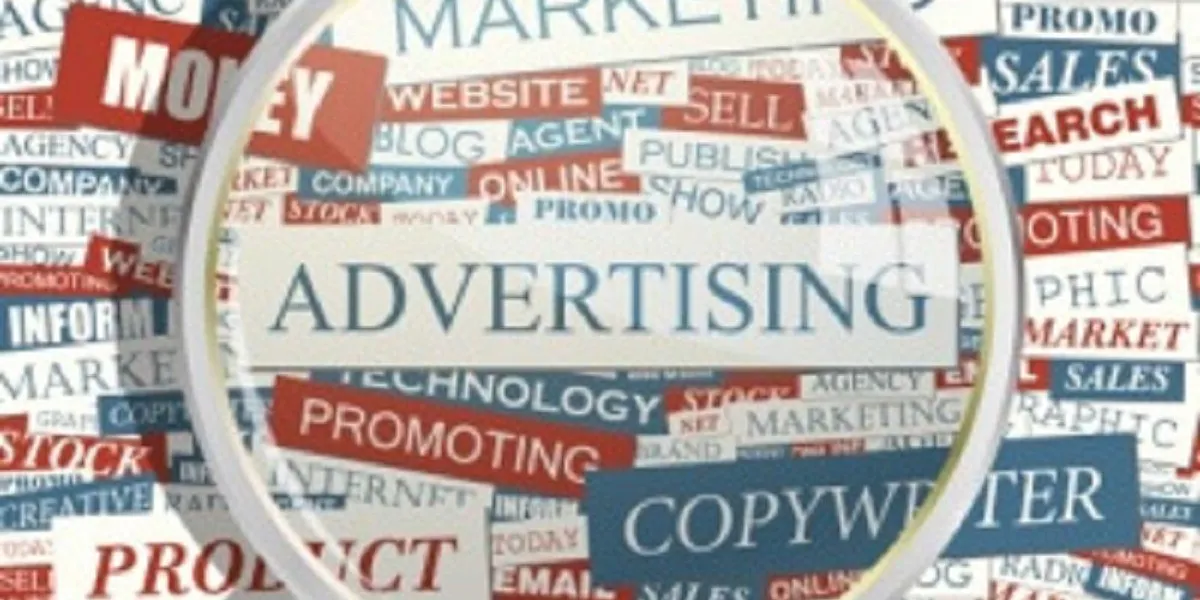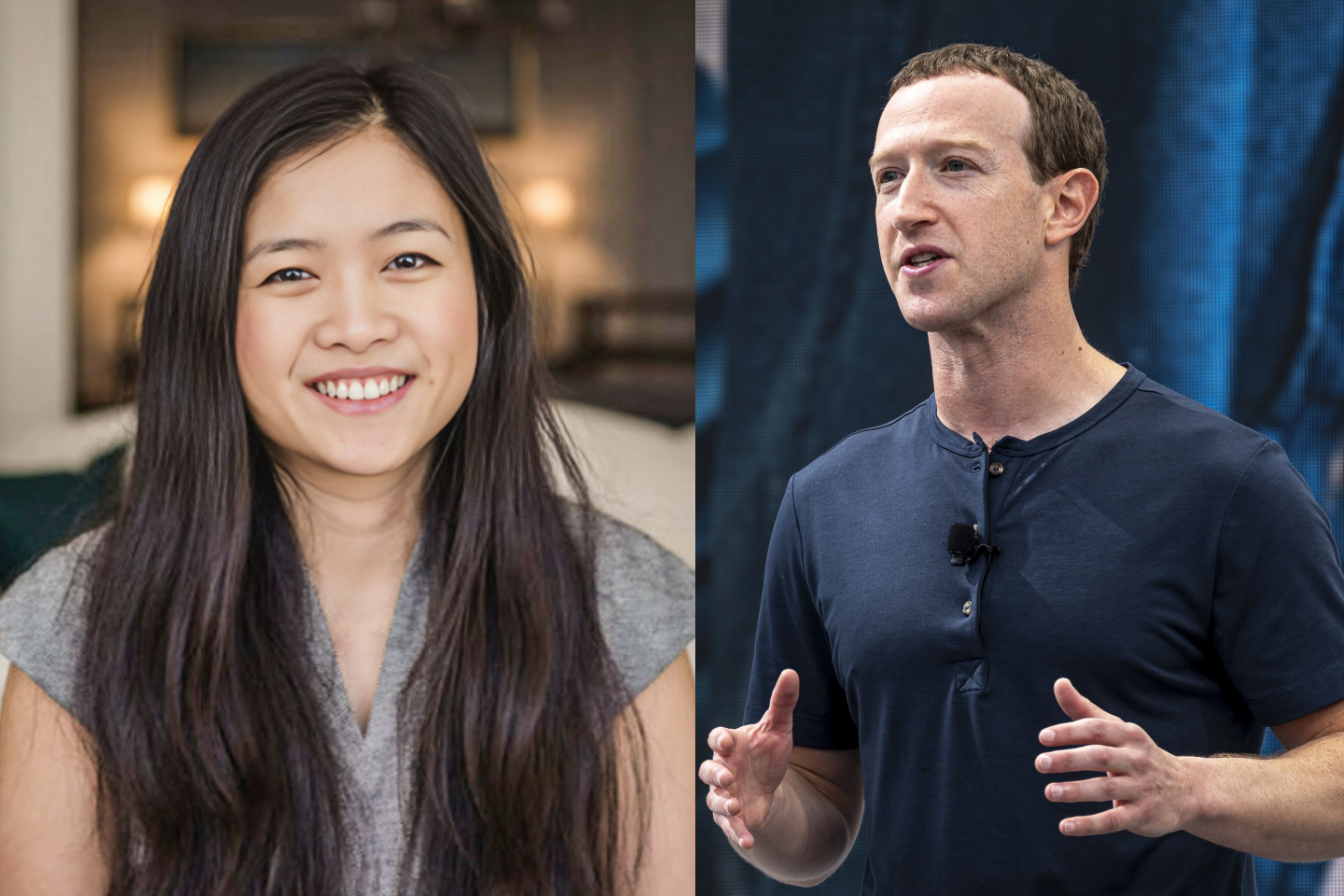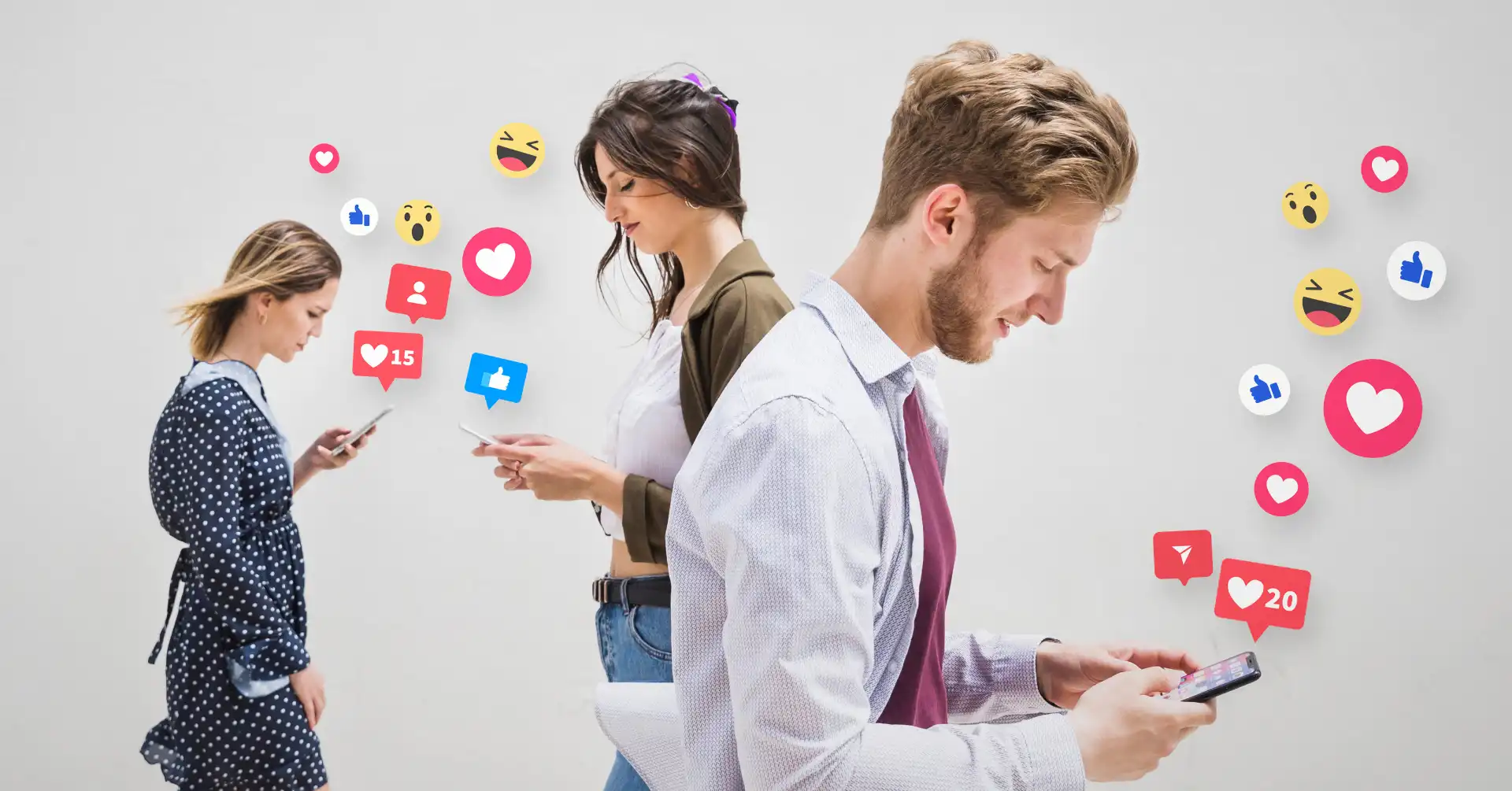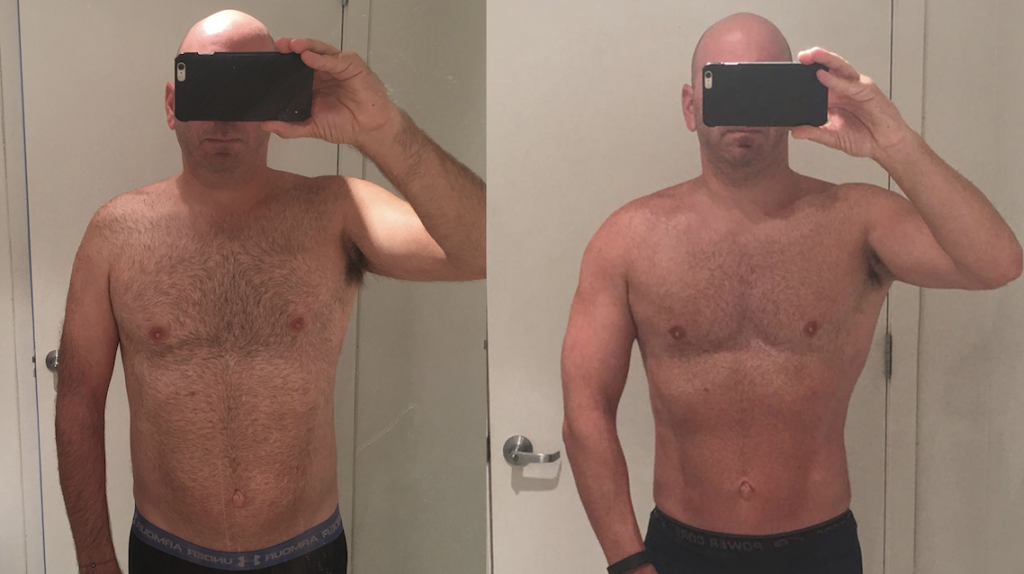Introduction to Long Advertising
In today’s fast-paced digital world, most people think short ads dominate. However, long advertising—ads that take more time to tell a story—remains a powerful tool. Unlike quick banners or 15-second clips, long-form campaigns dive deep into a narrative, often blending entertainment with branding. This approach allows businesses to build stronger connections with their audiences by going beyond surface-level promotions.
Brands that master long advertising don’t just sell products. They craft experiences, share values, and earn customer loyalty. To understand why long-form ads matter, you need to see how they developed, what forms they take, and how they continue to shape modern marketing.
The History and Evolution of Long Advertising
Long advertising isn’t new. Decades ago, print magazines featured full-page advertorials that looked like articles. In the mid-20th century, radio programs and TV shows often relied on extended sponsorships, where entire broadcasts subtly promoted a product.
As technology advanced, video and digital formats expanded the possibilities. Brands moved from static storytelling to immersive campaigns. Streaming platforms, social media, and YouTube gave advertisers new ways to deliver lengthier content while targeting niche audiences.
The rise of content marketing has also fueled long advertising. Today, consumers want to know the story behind a brand, not just the price of a product. This shift makes longer formats more relevant than ever.
Types of Long Advertising
Long-Form Video Advertising
Video remains the most popular form of long advertising. Instead of standard commercials, companies now create mini-documentaries, branded films, and extended storytelling ads. These videos can run several minutes or even half an hour, engaging viewers through emotion and storytelling.
Examples include Super Bowl spots that resemble short films or brand-funded documentaries streaming on platforms like Netflix or YouTube.
Long-Form Written Content
Written formats like advertorials, sponsored blog posts, eBooks, and case studies allow companies to dive deep into topics. Instead of just pitching a product, they educate and build authority. This type of long advertising is especially effective in B2B industries, where decision-makers value detailed information.
Long-Form Social Media Campaigns
Social platforms have adapted too. Brands now use episodic series, influencer collaborations, and storytelling threads on Instagram, TikTok, and Facebook. These campaigns spread out content over weeks, keeping audiences engaged and eager for the next installment.
Benefits of Long Advertising
Why should brands invest in lengthy ad formats? The benefits speak for themselves:
- Stronger Emotional Connections – Viewers connect with stories, not slogans.
- Room for Storytelling – Longer content builds a narrative arc with a clear beginning, middle, and end.
- Increased Trust – Providing detailed information fosters credibility.
- Higher Shareability – People share compelling stories, especially when they resonate emotionally.
Research shows that consumers are more likely to remember and engage with ads that tell a story rather than those that simply pitch a product.
Challenges of Long Advertising
Of course, long advertising isn’t perfect. There are challenges every marketer must address:
- Production Costs – Creating longer, high-quality content requires more resources.
- Audience Attention – Not everyone will commit to a 10-minute video or multi-page article.
- Targeting Requirements – To succeed, brands must reach the right audience willing to engage.
Despite these challenges, when executed correctly, long-form campaigns often deliver greater returns than short ads.
Case Studies in Long Advertising
Nike’s Storytelling Campaigns
Nike excels at weaving emotional narratives into long-form ads. From athlete spotlights to mini-documentaries, their campaigns focus less on shoes and more on resilience, determination, and human achievement.
Red Bull’s Extreme Sports Documentaries
Red Bull turned long advertising into an art form by funding full-length films and sports documentaries. Their content rarely mentions the drink directly. Instead, it positions Red Bull as synonymous with adventure and adrenaline.
Dove’s “Real Beauty” Campaign
Dove’s extended campaigns challenge beauty stereotypes and highlight authenticity. These ads run much longer than standard beauty commercials and focus on real women, sparking global conversations about self-esteem.
Lesson: Each brand demonstrates that long advertising works best when it tells a story larger than the product itself.
Long Advertising vs Short Advertising
Both formats serve important roles, but they differ in execution.
| Feature | Long Advertising | Short Advertising |
| Length | Minutes to hours | Seconds to a minute |
| Purpose | Storytelling, brand loyalty | Quick awareness, fast impact |
| Format | Films, blogs, campaigns | Banners, 15-sec spots |
| Engagement Style | Emotional, immersive | Attention-grabbing, brief |
| Best For | Building trust, long-term ROI | Immediate sales, reminders |
Marketers often blend both approaches for maximum impact—using short ads to grab attention and long ads to deepen the relationship.
Best Practices for Creating Effective Long Advertising Campaigns
To succeed with long advertising, brands must balance creativity with structure. Here are proven strategies:
- Tell a Story – Focus on characters, conflict, and resolution.
- Hook the Audience Early – Capture attention within the first few seconds or sentences.
- Use Strong Visuals – High-quality imagery and video keep viewers invested.
- Maintain Flow – Break up text or video with transitions, humor, or surprise elements.
- Prioritize Value – Provide insights, inspiration, or entertainment beyond the sales pitch.
The Future of Long Advertising
As digital platforms evolve, long advertising continues to grow. Expect to see:
- Streaming Integration – Branded shows and series on platforms like Netflix or Hulu.
- Podcast Sponsorships – Extended storytelling within audio formats.
- AI Personalization – Ads tailored to individual preferences while still offering depth.
- Interactive Formats – Viewers engaging with brand stories through immersive experiences.
Long-form ads aren’t going away. They’re becoming smarter, more personalized, and more creative.
Frequently Asked Questions About Long Advertising
What is long advertising in marketing?
It’s a strategy that uses extended formats—like videos, articles, or campaigns—to tell a story and engage audiences.
How long should a long-form ad be?
It depends on the medium. Videos may run 2–30 minutes, while written content can stretch to several thousand words.
Do long ads work in today’s fast-paced world?
Yes. While attention spans are shorter, people still invest time in stories that resonate with them.
Which industries benefit most from long advertising?
Industries like fashion, sports, technology, and health often see success because they rely heavily on brand storytelling.
Conclusion – Why Long Advertising Still Works
Long advertising continues to prove its worth in the age of quick clicks and short attention spans. By telling compelling stories, brands create deeper relationships with their audiences. The best campaigns don’t just sell—they inspire, educate, and entertain.
For marketers willing to invest time and creativity, long advertising offers unmatched potential to build loyalty and stand out in a crowded marketplace.















Leave a Reply